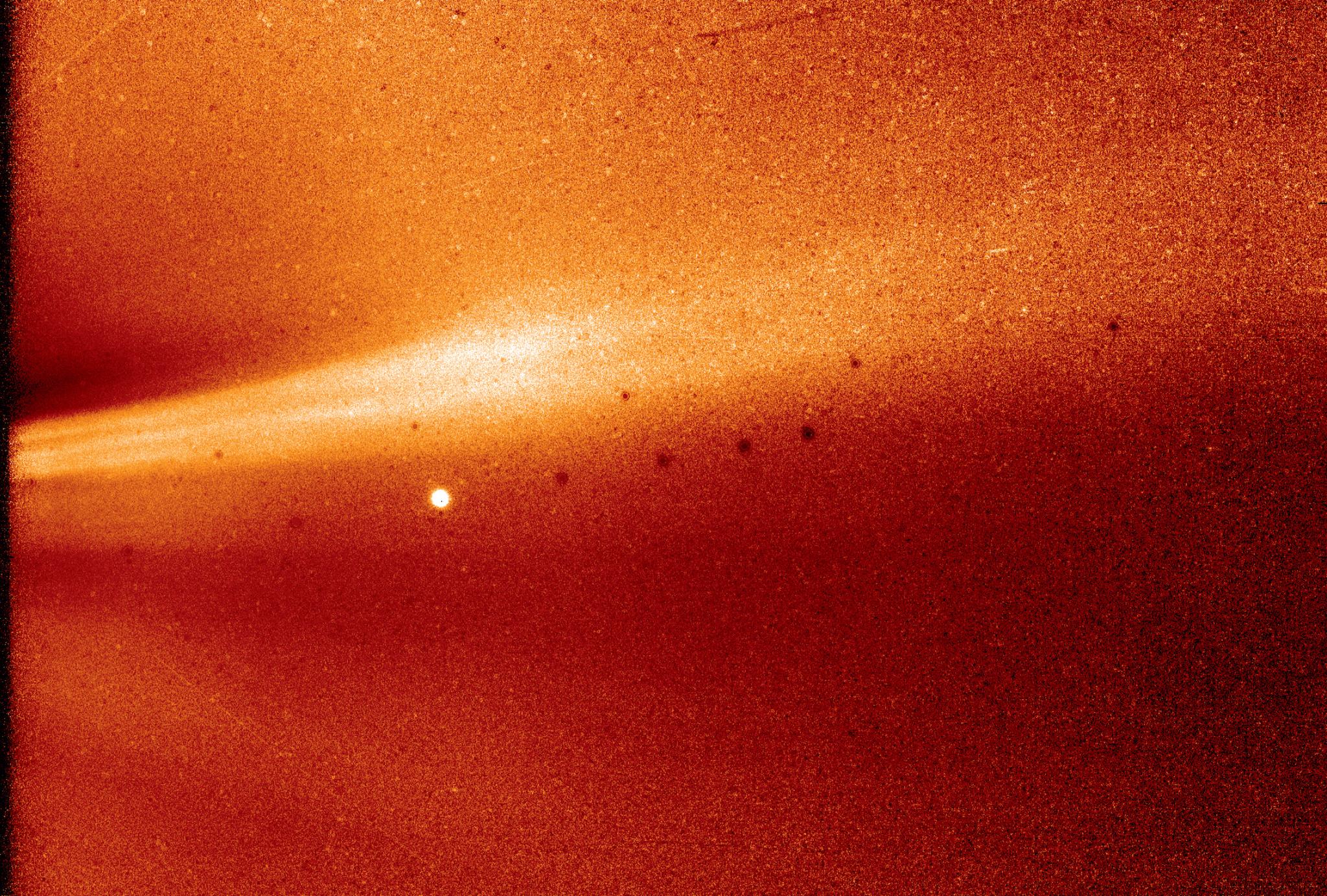Nasa solar probe sends back image from closer to the Sun than ever before
Scientists hope to see 'huge' new discoveries from touching the Sun

Your support helps us to tell the story
From reproductive rights to climate change to Big Tech, The Independent is on the ground when the story is developing. Whether it's investigating the financials of Elon Musk's pro-Trump PAC or producing our latest documentary, 'The A Word', which shines a light on the American women fighting for reproductive rights, we know how important it is to parse out the facts from the messaging.
At such a critical moment in US history, we need reporters on the ground. Your donation allows us to keep sending journalists to speak to both sides of the story.
The Independent is trusted by Americans across the entire political spectrum. And unlike many other quality news outlets, we choose not to lock Americans out of our reporting and analysis with paywalls. We believe quality journalism should be available to everyone, paid for by those who can afford it.
Your support makes all the difference.Nasa's Parker Solar Probe has sent back stunning images from right next to the Sun.
The pioneering spacecraft – which Nasa says is going to "touch" the Sun by flying by its hot and mysterious surface – has only just arrived at our star and is already sending back stunning imagery and data from its journey.
The new images came from the probe's WISPR, or Wide-field Imager for Solar Probe. They show a coronal streamer, flailing out over the east limb of the Sun.
Coronal streamers are structures of material that are within the Sun's atmosphere, that come up above areas of increased activity. The images show fine details of the streamer, which should help scientists learn more about how they form.
In recent weeks, the probe sped through the Sun's outer atmosphere and made the closest-ever approach to a star that humanity has ever made. As it did, it collected a whole host of data using the four suites of instruments that are attached to its hardy body.
With all of that data, scientists expect to find things out about our big, bright neighbour in ways they had never expected.
"We don't know what to expect so close to the Sun until we get the data, and we'll probably see some new phenomena," said Raouafi. "Parker is an exploration mission — the potential for new discoveries is huge."
Those discoveries could help solve some of the grand mysteries of our nearby star, which still remains largely unknown despite being so critical for just about every physical process down on Earth.
"Parker Solar Probe is providing us with the measurements essential to understanding solar phenomena that have been puzzling us for decades," said Nour Raouafi, Parker Solar Probe project scientist at the Johns Hopkins University Applied Physics Lab in Laurel, Maryland. "To close the link, local sampling of the solar corona and the young solar wind is needed and Parker Solar Probe is doing just that."
Join our commenting forum
Join thought-provoking conversations, follow other Independent readers and see their replies
Comments